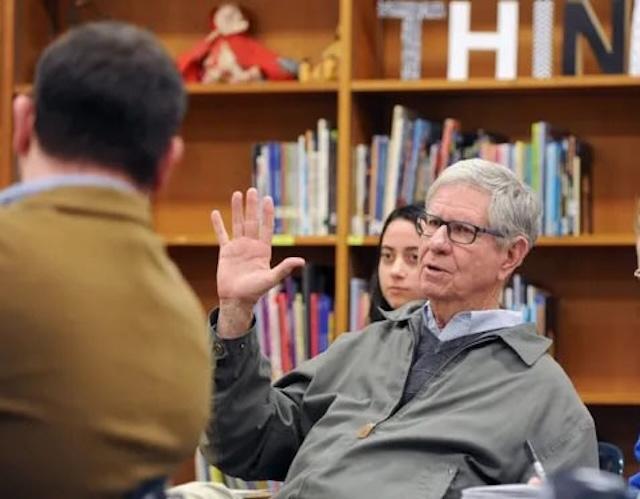You are reading an account of my creation, development and implementation of a University Assisted Community School in Knoxville as it evolved from the seed of an idea. I want to make clear that I had smart, creative and dedicated people who collaborated with me along the way.
I also had some opponents who did not like me or my ideas and still don’t. One official said I was not welcome in the schools, because I was too critical. My criticisms were based on my desire for all children to obtain what my own children were receiving at Sequoyah Elementary, Bearden Middle and West High Schools. At the same time, a former dean who I worked with said I was a bull in a china shop when it came to kids. You, the reader, decide.
The following are some of the programs I played a major role in bringing to fruition: the seeds of the community school idea.
Human Services Program in the College of Liberal Arts – I was the founding director of this program at the University of Tennessee. This was an important step in being a scholar activist as there was a two-semester experiential learning requirement. Pairing this with requirements from liberal arts like English, history, math and foreign language resulted in well-educated Human Service professionals who had resources to help them deal with the complexities and stresses of the work. Programs in corrections, mental health and public housing hired many of the graduates.
Several students went to a variety of programs at a wide range of universities. I tip my hat to Alvin H. Nielsen, dean of the college, for taking a chance on me. Dr. Nielsen and his wife, Jane Anne Nielsen, who studied with George Herbert Mead at the University of Chicago along with UT’s Vice Chancellor Dr. Herman Spivey bought what I was selling.
Cooper House – A community program that grew from this Human Services concept at 1206 Luttrell Street was a residential program for delinquent Caucasian boys. The program had an 80% success rate for the 10 years it existed. The program saw key relationships develop between the juvenile court with Eastern State Hospital, later named Lakeshore Mental Health Institute. Many key citizens, too many to name individually, were involved in the program’s success.
Brushy Mountain State Prison – saw two programs evolve from Cooper House’s success. I took students from Cooper House to play in an inmate softball game. Warden Stoney Ray Lane was the best I came across in working with the prison staffs. Lane supported the Straight Talk Program where challenged children met with inmates and staff. The goal was to keep the young men out of prison. NOTE: this was not a Scared Straight Program. It had failed at the Rahway State Prison in New Jersey.
Shannon Jackson, teacher at West High School, introduced me to the idea of bringing student teachers who were choosing to teach in the urban schools to meet with some of the incarcerated parents. This was a creative, successful program thanks to the teachers at Brushy Mountain and to Jackson.
Still no community school, but you can see how the seeds of the idea were being planted and like any seed, it needed to germinate. As Fannie Lou Hamer once said, “If you see something, do something.”
And to twist a little on Paul Harvey, stay with me “for the rest of the story.”
Bob Kronick is professor emeritus University of Tennessee. Bob welcomes your comments or questions to rkronick@utk.edu.

